
Qtran Lab
at IISER Thiruvananthapuram
.
Welcome to QTran Lab
We are interested in electrical transport at quantizing dimensions, where phenomena like the quantum Hall effect, fractional quantum Hall effect, conductance quantization, flux quantization, Aharonov-Bohm effect, single-electron tunneling, and topologically protected states appear. We are interested in studying and understanding these quantum transport effects with the hope of contributing to fundamental questions and gradually exploring their potential relevance for practical device applications.

Latest Updates
Newsfeed
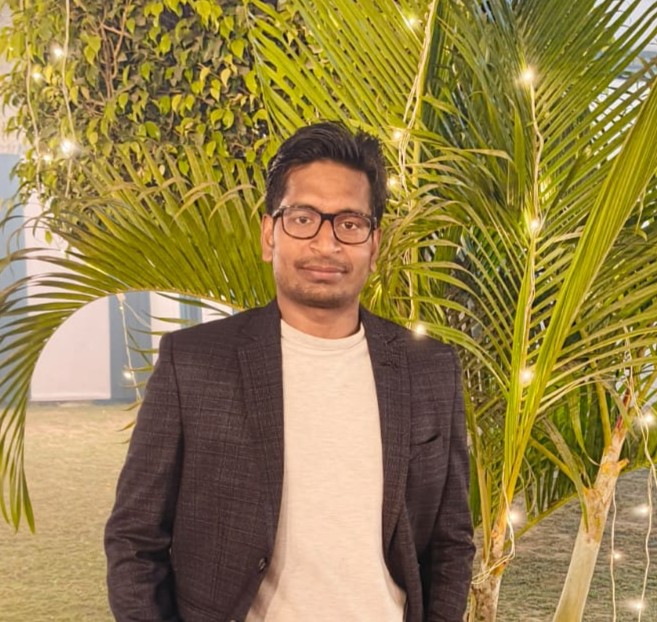
.jpeg)


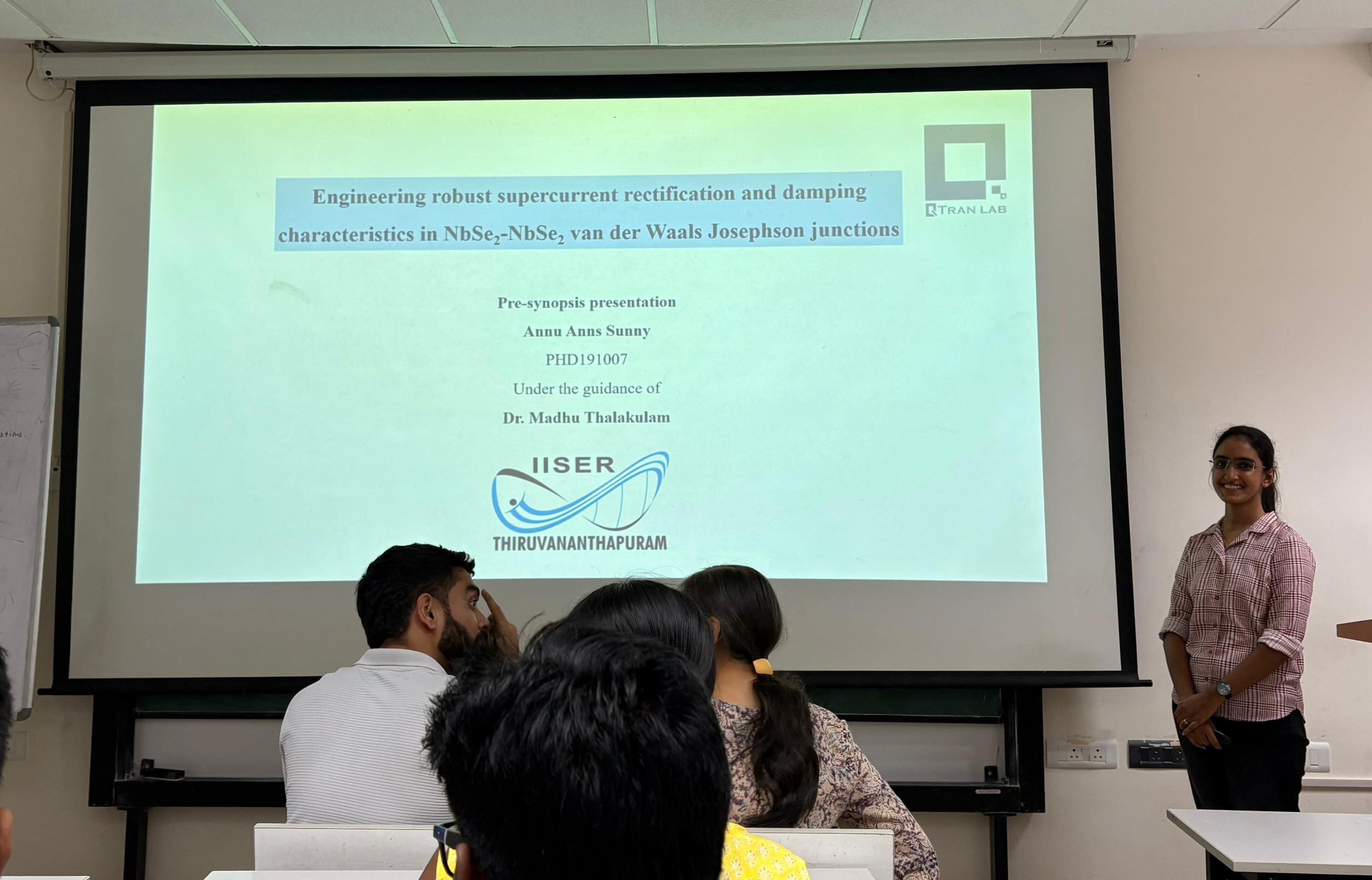









Reach out to us
Feel free to get in touch with us!

Lab
Room No. 1203,
Physical Sciences Block,
IISER Thiruvananthapuram
Phone: 0471 2778085
Email: qtran@iisertvm.ac.in
Office
Room No. 2202,
Physical Sciences Block,
IISER Thiruvananthapuram
Phone: 0471 2778084
Email: madhu@iisertvm.ac.in
Funding and Support
We gratefully acknowledge the financial backing and collaboration from our sponsors. Their contributions play a pivotal role in advancing our research, enabling us to investigate the intricate world of quantum transport and its potential applications.
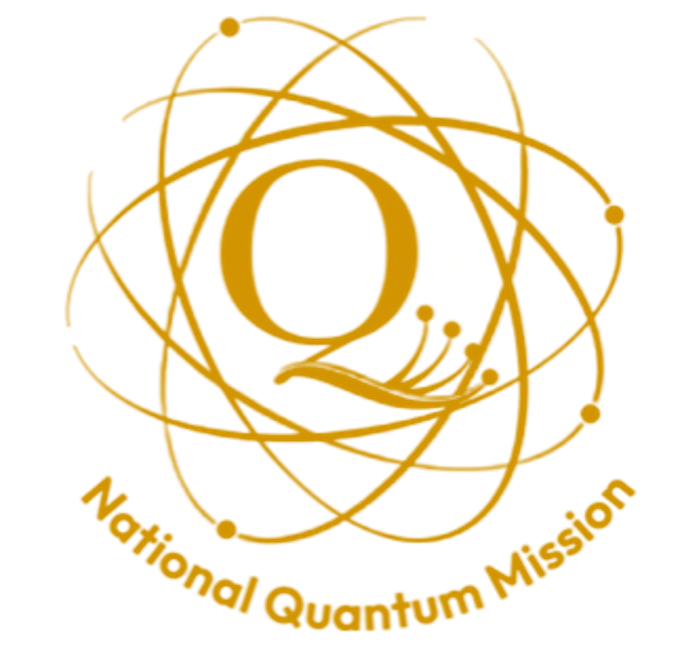
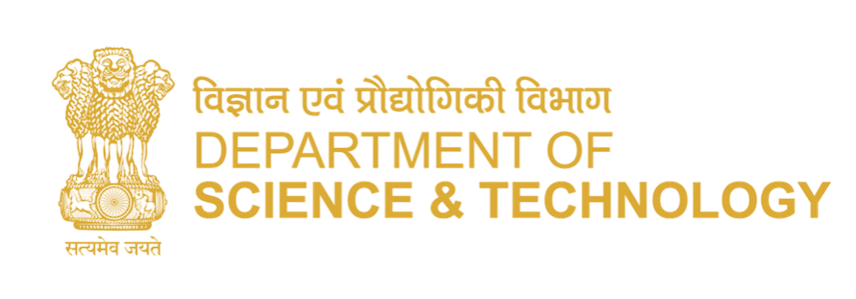
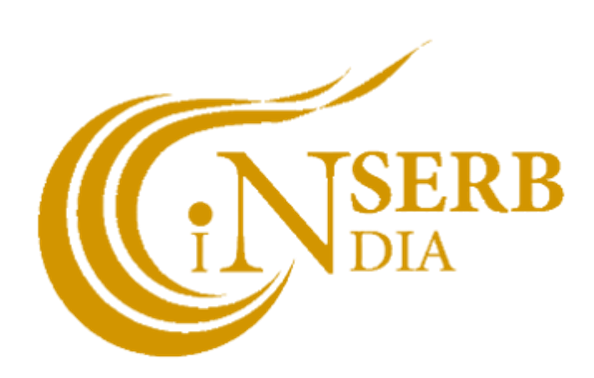
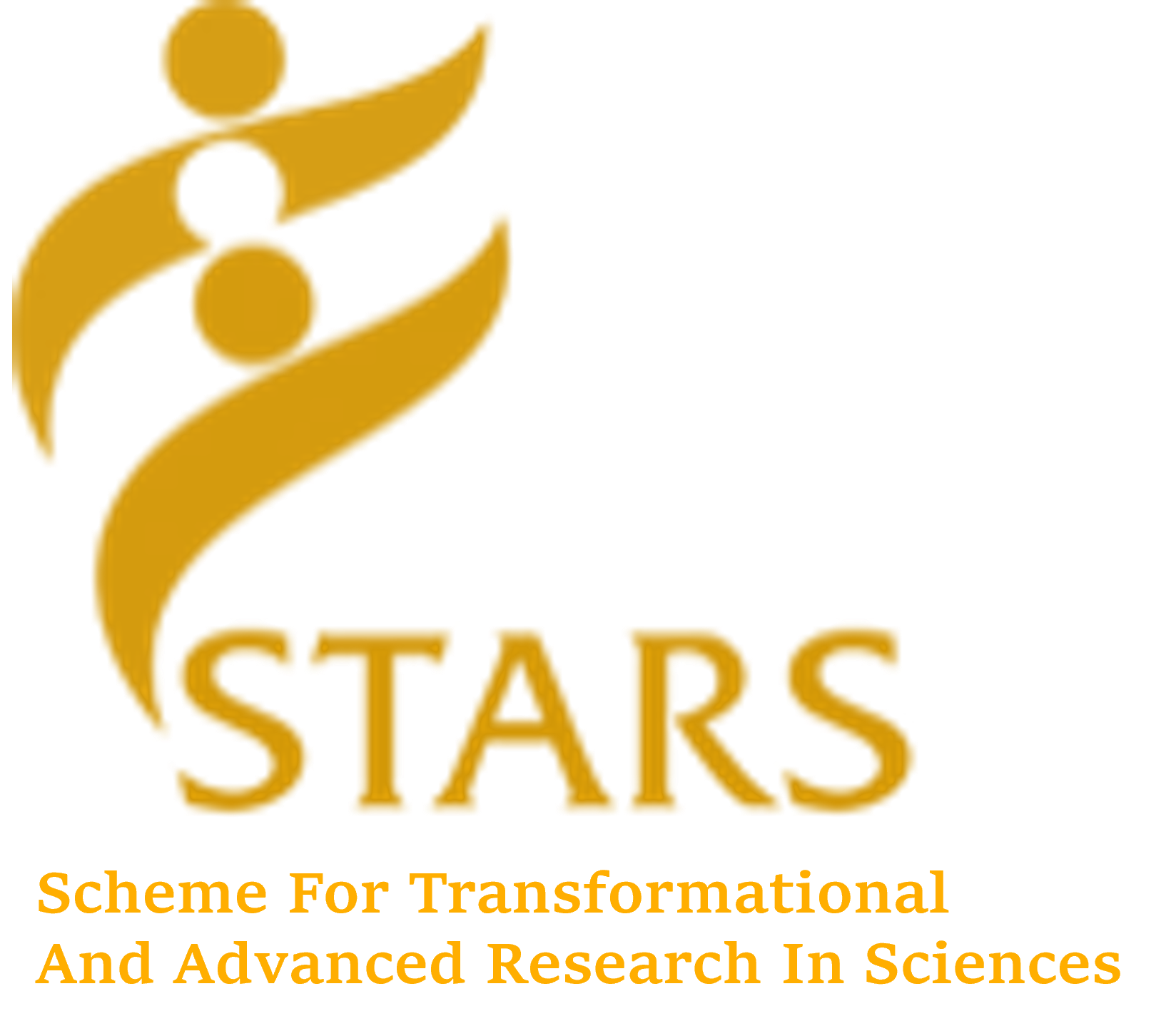

Team

.jpg)
Principal Investigator
Dr. Madhu Thalakulam
https://scholar.google.com/citations?user=3--YLbIAAAAJ&hl=en&oi=aoResearch Interests:
- Quantum transport: Transport in nanoscale devices such as QPCs, quantum dots, superconducting tunnel junction systems.
- High-frequency measurements: Radio-frequency reflectometry of nanoscale devices such as QPCs, Quantum dots etc.
- Solid state qubits: Single spin manipulation and detection in quantum dot qubits. Quantum measurement and back action in nanoscale devices.
- Devices on van der Waals materials and heterostructures
- Topological Insulators (TI) and TI based devices for spintronics
Contact:
+91 (0)471 - 2778084
Email:
madhu@iisertvm.ac.in

Education:
Ph.D. Applied Physics (Rice Quantum Institute, Rice University, Houston TX, May 2007. )
Post doctoral researcher (Quantum Phenomena Department, Sandia National Laboratory, Albuquerque, NM, USA.(2010-2012)). Post Doctoral Researcher (Silicon quantum computing group, University of Wisconsin, Madison, WI, USA.(2007-2010))

Integrated PhD Student
Hari Krishnan S
Research Interests:
- Working towards the realisation of semiconducting spin qubits for quantum computing, which involves hybrid circuit QED where quantum dots are coupled to microwave resonators for qubit control, readout and long range spin-spin coupling.
Contact:
Email:
sharik18@iisertvm.ac.in

Education:
B.Sc (Physics), Loyola College (Affiliated to University of Madras)


Education:
Masters in Physics from NIT Trichy in 2020.
Bachelor degree in Physical Sciences(Physics, Chemistry, and Mathematics) from Nrupathunga University, Bengaluru

Doctoral Student
Parvathy Gireesan
Research Interests:
Gated quantum dot systems on GaAs/AlGaAs heterostructures: thermally driven and noise-driven ratchet currents at zero-bias
Developing gated quantum dot systems on MoS2
Integrating vdW layered systems like MoS2 with quantum dot structures on GaAs/AlGaAs
Contact:
Email:
parvathygireesan21@iisertvm.ac.in

Education:
Integrated BS-MS dual degree, with major in Physics and minor in Mathematics, from IISER-THIRIVANANTHAPURAM


Education:
A Master of Science (MSc) - IISER Thiruvananthapuram
Bachelor of Science (BSc) - Ewing Christian College (ECC), University of Allahabad


Education:
M.Sc. Physics - Chikkanna Government Arts College, Bharathiar University (2022)
B.Sc. Physics - Government Arts & Science College, Coimbatore, Bharathiar University (2020)

Doctoral Student
Dr. Chithra H. Sharma
Av Humboldt Fellow CHyN, Universitat Hamburg Hamburg, Germany

Doctoral Student
Dr. Ashby Philip John
Post Doctoral Researcher, University of Arkansas, USA

Doctoral Student
Dr. Prasantha Kumbhakar
Post Doctoral at the Oxford University, England.

Doctoral Student
Dr. Sreevidya N
Post Doctral Fellow at Indian Intitute of Technology Delhi

Doctoral Student
Dr. Anusha S
Project Fellows
- Harshit Choubey
PhD Student in University of Basel, Switzerland
- Anoop K
PhD student at Martin-Luther-University Halle-Wittenberg, Germany
Master's Students
- Rasmiya Shirin
PhD Student in UCT Prague
- Umang Soni
PhD Student in IISER Thiruvananthapuram
- Pratheek Malol
PhD Student in University in Jyväskylä, Finland
- Vivek Kumar
PhD student in KU Leuven, Belgium
- Ayisha Ferhana
PhD Student at University of Pittsburg, USA
- Dwithi Pillai
PhD Student at Arizona State University, USA
- Midhun Murali
Project Associate at TCG CREST
- Shyam Raj K
PhD Student at Florida State university
- Ankit
PhD student at Chalmers University of technology, Sweden
- Dhurjati Sai Abhishikth
PhD student at TU Dresden, Germany
- Govind Krishna
PhD student at KTH Royal Institute of Technology, Sweden
- Parvathy Gireesan
PhD student at IISER Thiruvananthapuram
- Naipunya
Quantum researcher at Fujitsu Research
- Blesson Sam Varghese
Completed his PhD from University of Basel, Switzerland
- Abin Varghese
Research Associate at King's college, London
- Ananthu P surendhran
Research Associate at King's college, London
External Project Students
- Shiju prasad
PhD student at University of St Andrews, Scotland
- Manish
Working at ISRO
Infrastructure and Facilities
Material Processing and Device Fabrication
Our laboratory specializes in advanced material processing techniques, allowing us to engineer materials with tailored properties, including lithographic techniques, thin film deposition, etching, and doping, to create the foundation for innovative quantum devices.


Electrical Characterization
Electrical characterization is a fundamental process in materials science and electronics, involving the measurement of electrical properties such as conductivity, resistivity, and carrier mobility. This technique provides crucial insights into the behavior and performance of electronic materials and devices, enabling advancements in fields like semiconductor technology and quantum electronics.

Experimental Facilities
Bluefors LD250 Dilution Refrigerators - we name them "VORTEX" and "ZERO POINT"
The LD is the dilution refrigerator measurement system. It has best-in-class heat exchangers with superior performance. The LD250 system typically provides more than 15 μW at 20 mK on the experimental flange with only 18 liters of helium-3. In addition, it has a high cooling power of ∼ 0.5 mW when operated at 100 mK. It is capable of cooling down to 10mk and can be integrated with a superconducting solenoid magnet up to 8T.


4K Cryostat
Our laboratory houses a state-of-the-art 4K cryostat, an indispensable tool for conducting quantum transport experiments. It provides an ultra-low-temperature environment down to 4 Kelvin, creating ideal conditions for studying the quantum behavior of electronic systems.

Raith PIONEER 2 for electron beam lithography
The PIONEER Two integrates all the highest-performance ingredients for professional EBL and SEM imaging into a single complete turnkey system. Versatility, robustness, and user-friendliness make PIONEER Two suitable for all those not only seeking to “print” and re-inspect their nanostructures, but also wanting to access an analytical tool with capabilities for SEM imaging and chemical or structural analysis in materials or life sciences.

MicroWriter ML3 for direct-write(Maskless) lithography
MicroWriter ML3 is a compact, high-performance, direct-write optical lithography machine. Four different minimum feature sizes (0.6µm, 1µm, 2µm, and 5µm) can be selected automatically via software. This allows non-critical parts of the exposure to be performed rapidly while retaining high-resolution writing for critical parts. An additional 0.4µm minimum feature size is available as an option.

Wire bonder
Wire bonder is an essential tool for creating reliable electrical connections within our quantum devices. It enables precise wire bonding to semiconductor components, ensuring low-resistance, high-fidelity connections critical for quantum transport experiments.

Reactive Ion Etching (RIE)
Our facility is equipped with advanced Reactive Ion Etching tools, enabling precise and controlled removal of materials at the nanoscale. RIE is a crucial technique for sculpting intricate quantum device structures with exceptional accuracy.

MILA-5000 Annealer
The MILA-5000 series can perform high speed heating, high speed cooling, and clean heating, which are characteristics of the Infrared Gold Image Furnace. It can heat materials under adjustable atmospheres and combines a temperature controller and variable atmosphere chamber into a single low-cost infrared lamp heating system.
-01-01.jpeg)
Two Thermal Evaporators
Thermal evaporation is a common method of physical vapor deposition (PVD). It is one of the simplest forms of PVD and typically uses a resistive heat source to evaporate a solid material in a vacuum environment to form a thin film. The material is heated in a high vacuum chamber until vapor pressure is produced. The evaporated material, or vapor stream, traverses the vacuum chamber with thermal energy and coats the substrate.

vW heterostructure micropositioning (Lab-made)
Deterministic transfer of two dimensional crystals constitutes a crucial step towards the fabrication of hetero-structures based on artificial stacking of two dimensional van der waals materials. This setup allows for the placement of 2-D materials onto a user defined specific location with high accuracy and reliability.


UV- Mask Aligner (Lab-made)
A Mask aligner is a machine to transcribe a fine pattern on a substrate using UV light. Substrates are made of various materials, silicon, glass, ceramic, GaAs, quartz, etc. It is used in the manufacturing of semiconductor devices, such as general transistors and Integrated circuits, and also used for LCD glass patterns and quartz crystal units as well.

RF Measurements
Measurement electronics for RF measurements in dilution refrigerator- Vector Network analyzer, Signal generator, Spectrum analyzer, Oscilloscope...

Microwave Plasma Cleaner
Our laboratory is equipped with a cutting-edge microwave plasma cleaner, a vital tool for achieving pristine and contamination-free surfaces on our quantum devices. This technology efficiently removes organic residues and contaminants from samples, ensuring the highest quality interfaces for precise quantum transport measurements.

Tube Furnace
Our tube furnace is an integral part of our research infrastructure, empowering investigations into the fabrication and modification of quantum materials, essential for pioneering research in quantum transport and quantum electronics.

LATEST NEWS
Semiconduction Quantum dot of Qtran
21/08/2023
We at QTran Lab -IISER TVM have finally developed India's first semiconducting quantum dot.
Read more ...

Congratulations to Master's Graduates!
21/08/2023
"Join us in congratulating the outstanding individuals who have successfully completed their Master's journey in our laboratory!"
Read more ...






Empowering Minds in the Quantum Universe:
Explore Our Cutting-Edge Courses and Resources for a Quantum Leap in Knowledge
Lectures, Talks and Resources
Thesis
- Growth and Characterisation of vW heterostructures (Arathi Das M. K.)
- Strain Engineering Bandgap and Piezoresistivity in Few-layer MoS2. (Arya T. )
- Automated electrical transport measurements for multi-gated quantum devices. Sangeeth S. Varma)
- Metallic like states on MoS2 using microwave plasma (Ananthu P. S)
- Patterned growth of Bismuth Selenide heterostructures for device applications (Alwyn Antony)
- Microwave Plasma assisted layer reduction and patterning of TMDCs for 2D device application (Abin Varghese)
- Effect of molecular packing on charge transfer and photoconductivity in single-crystal organic FETs. (Avirup Roy)
- Electronic transport in 2D layered field effect devices (Prafful Golani)
- unneling of fractional quantum hall quasi-particles in Quantum point contacts (Amandeep Singh)
- Fabrication and characterization of exfoliated Bi2Se3 and MoS2 devices to study the topological insulating behavior (Chithra H. Sharma)
Publications
- Active noise reduction in gated quantum devices
Annu Anns Sunny, Parvathy Gireesan, Harikrishnan Sundaresan, Chithra H. Sharma, Lucky Donald L. Kynshi, Prasad Muragesh, D. Bougeard, Madhu Thalakulam [link]
- A strategy for realizing van der Waals Josephson junction arrays
Annu Anns Sunny, Parvathy Gireesan , Madhu Thalakulam [link]
- Low-Frequency Noise Mitigation in Short-Term Voltage Sweeps Using Predictive Active Noise Cancellation in a Dual-DAC System
Rajat Bharadwaj , Shakthidhar Vilvanathan , Rishabh Bhardwaj , Madhu Thalakulam [link]
- Refining Au/Sb alloyed ohmic contacts in undoped Si/SiGe strained quantum well
Lucky Donald L Kynshi, Umang Soni, Chithra H Sharma, Shengqiang Zhou and Madhu Thalakulam [link]
- Overdamped van der Waals Josephson junctions by area engineering
Annu Anns Sunny, Harshit Choubey, Ankit Khola, Sreevidya Narayanan, Rajat Bharadwaj, Parvathy Gireesan, Madhu Thalakulam [link]
- Shot-noise-driven macroscopic vibrations and displacement transduction in quantum tunnel junctions
Prasanta Kumbhakar, Anusha Shanmugam, Akhileshwar Mishra, Ravi Pant, JL Reno, S Addamane, Madhu Thalakulam [link]
- On-chip cryogenic low-pass filters based on finite ground-plane coplanar waveguides for quantum measurements
Prasad Muragesh, Madhu Thalakulam [link]
- Light-Induced Transformation of a Supramolecular Gel to a Stronger Covalent Polymeric Gel
Sabith K. Saleem, Thejus Pramod, Pruthvi Kuruva, Shyamkumar V. Haridas, Anusha Shanmugam, Madhu Thalakulam, Kana M. Sureshan [link]
- Physical vapor deposition-free scalable high-efficiency electrical contacts to MoS2.
Anusha Shanmugam, Muhammad Arshad Thekke Purayil, Sai Abhishikth Dhurjati and Madhu Thalakulam [link]
- Polymorphism-driven Distinct Nanomechanical, Optical, Photophysical, and Conducting Properties in a Benzothiophene-quinoline.
K. S. Bejoymohandas, Ashish Redhu, Chithra H. Sharma, Sunil SeethaLekshmi, I. S. Divya, M. S. R. N. Kiran, Madhu Thalakulam, Filippo Monti, Rajesh V. Nair, Sunil Varughese [link]
- Transient vortex dynamics and evolution of Bose metal from a 2D superconductor on MoS2.
Sreevidya Narayanan, Anoop Kamalasanan, Annu Anns Sunny and Madhu Thalakulam [link]
- GHz operation of a quantum point contact using stub-impedance matching circuit.
Anusha Shanmugam, Prasanta Kumbhakar, Harikrishnan Sundaresan, Annu Anns Sunny,J.L. Reno , Madhu Thalakulam [link]
- Dimorphs of a Benzothiophene-quinoline Derivative with Distinct Mechanical, Optical, Photophysical and Conducting Properties
KS Bejoymohandas, A Ashish, Chithra H Sharma, Sunil SeethaLekshmi, Kiran SRN Mangalampalli, Indira S Divya, Madhu Thalakulam, Filippo Monti, Rajesh V Nair, Sunil Varughese.
- Growth of highly crystalline ultrathin two-dimensional selenene
Prasad V Sarma, Renjith Nadarajan, Ritesh Kumar, Riya Mol Patinharayil, Navya Biju, Sreevidya Narayanan, Guanhui Gao, Chandra Sekhar Tiwary, Madhu Thalakulam, Rajeev N Kini, Abhishek K Singh, Pulickel M Ajayan, Manikoth M Shaijumon.
- Quantum point contact galvanically coupled to planar superconducting resonator: a shot-noise-limited broad-band electrical amplifier
Prasanta Kumbhakar, Anusha Shanmugam, Chithra H Sharma, JL Reno and, Madhu Thalakulam. [link]
- Strain Engineering the Schottky barrier and electrical transport on MoS2. [link]
Ashby J Philip, Arya Tthenapparambil and Madhu Thalakulam, Nanotechnology 31, 275703 (2020)
- Electrocatalysis on edge-rich spiral WS2 for hydrogen evolution. [link]
Prasad V. Sarma, Arijit Kayal, Chithra H. Sharma, Madhu Thalakulam, J. Mitra, M. M. Shaijumon, ACS-Nano,13, 10448 (2019)
- Quantum tunnel junction coupled with coplanar waveguide resonator. [link]
Prasanta Kumbhakar & Madhu Thalakulam, AIP Conference Proceedings 2115, 030220 (2019)
- 2D superconductivity and vortex dynamics in 1T-MoS2. [link]
Chithra H. Sharma, Ananthu P.S., Sangeeth S. Varma and Madhu Thalakulam Communications Physics, 1, 90 (2018); arXiv:1805.07060
- Stable and scalable 1T MoS2 with low-temperature coefficient of resistance. [link]
Chithra H. Sharma, Ananthu P.S., Abin Varghese and Madhu Thalakulam Scientific Reports, 8, 12463 (2018) arXiv:1801.07049
- Split-gated point-contact for electrostatic confinement of transport in MoS2/h-BN hybrid structures. [link]
Chithra H. Sharma and Madhu Thalakulam Scientific Reports, 7, 735 (2017)
- Topography preserved microwave plasma etching for top-down layer engineering in MoS2 and other van der Waals materials. [link]
Abin Varghese, Chithra H. Sharma and Madhu Thalakulam, Nanoscale, 9, 3818 (2017)
- Chaotic quantum transport near the charge neutrality point in inverted type-II InAs/GaSb field-effect transistors. [link]
W. Pan, J. F. Klem, J. K. Kim, M. Thalakulam, M. J. Cich, and S. K. Lyo, Appl. Phys. Lett., 102, 033504, (2013).
- Single-shot charge sensing and tunnel-rate spectroscopy of a few electron Si/SiGe quantum dot. [link]
Madhu Thalakulam, et al., Phys. Rev. B, 84, 045307 (2011).
- Pauli spin blockade and lifetime-enhanced transport in a Si/SiGe double quantum dot. [link]
C. B. Simmons, Teck Seng Koh, Nakul Shaji, Madhu Thalakulam, Levente J. Klein, Hua Qin, H. Luo, D. E. Savage, M. G. Lagally, A. J. Rimberg, R. Joynt, R. H. Blick, Mark Friesen, S. N. Coppersmith and, M. A. Eriksson, Phys. Rev. B, 82, 245312 (2010).
- Toward Si/SiGe quantum dot spin qubits: Gated Si/SiGe single and double quantum dots. [link]
C. B. Simmons, J. R. Prance, Madhu Thalakulam, B. M. Rosemeyer, B. J. Van Bael, D. E. Savage, M. G. Lagally, R. Joynt, M. Friesen, S. N. Coppersmith, and M. A. Eriksson, ECS Tran. 33, 639 (2010).
- A macroscopic mechanical resonator driven by mesoscopic electrical backaction. [link] J. Stettenheim, MadhuThalakulam, FengPan, Mustafa Bal, Z. Ji, W. W. Xue, LorenPfeiffer, K. W. West, and A. J. Rimberg, Nature, 466, 86 (2010).
- Fast tunnel rates in Si/SiGe one-electron single and double quantum dots. [link]
Madhu Thalakulam, C. B. Simmons, B. M. Rosemeyer, D. E. Savage, M. G. Lagally, M. Friesen, S. N. Coppersmith, and M. A. Eriksson, Appl. Phys. Lett., 96, 183104 (2010).
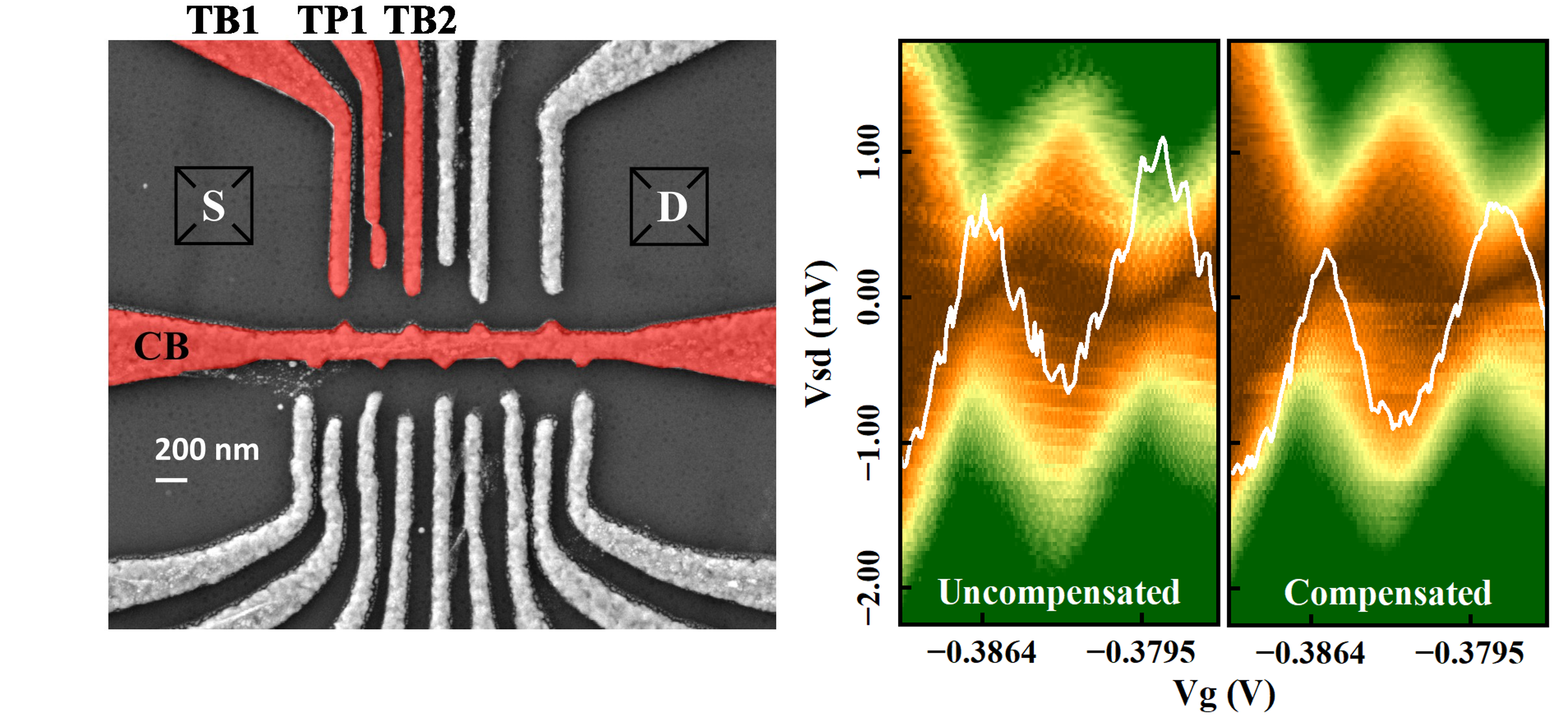
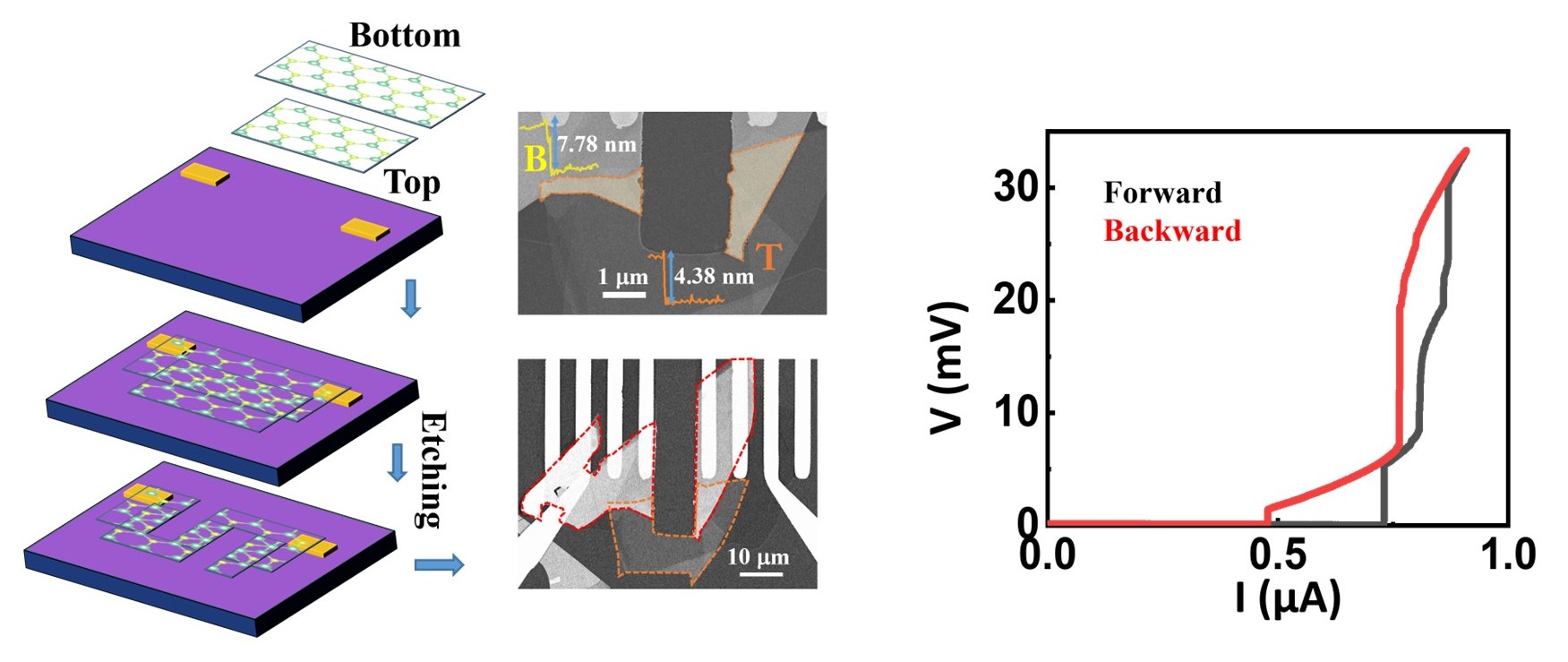

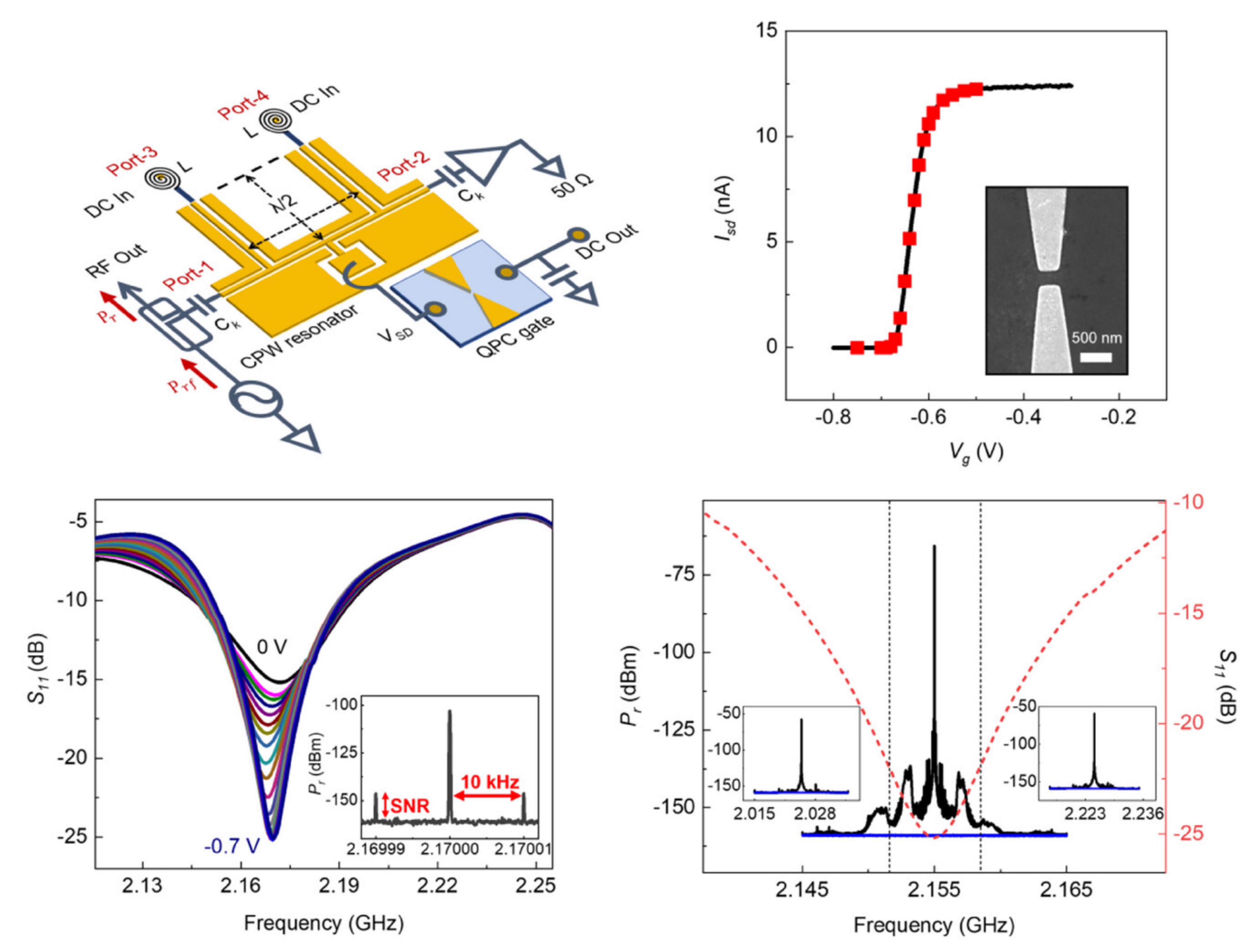

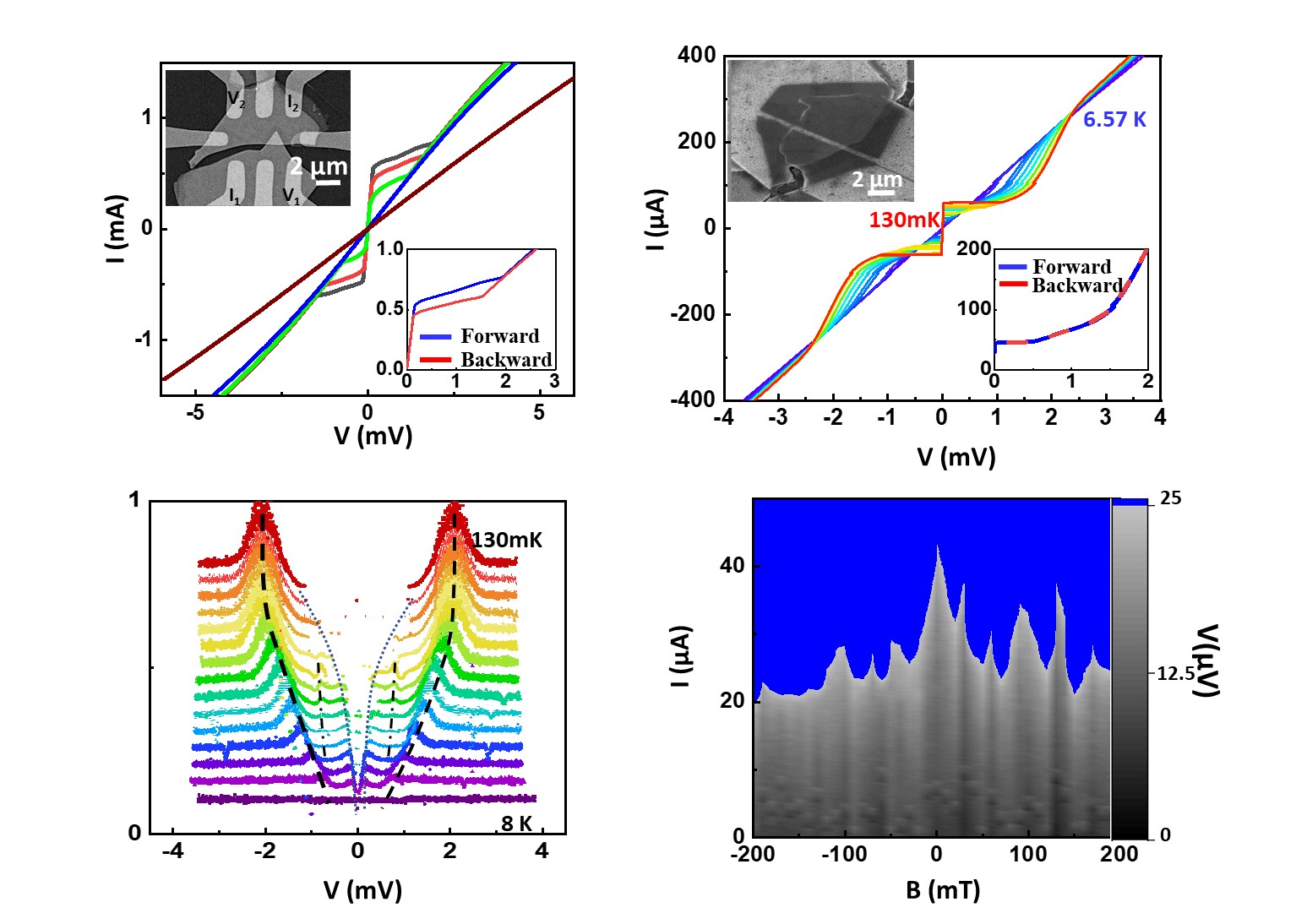
.png)
.png)


.png)

.png)




















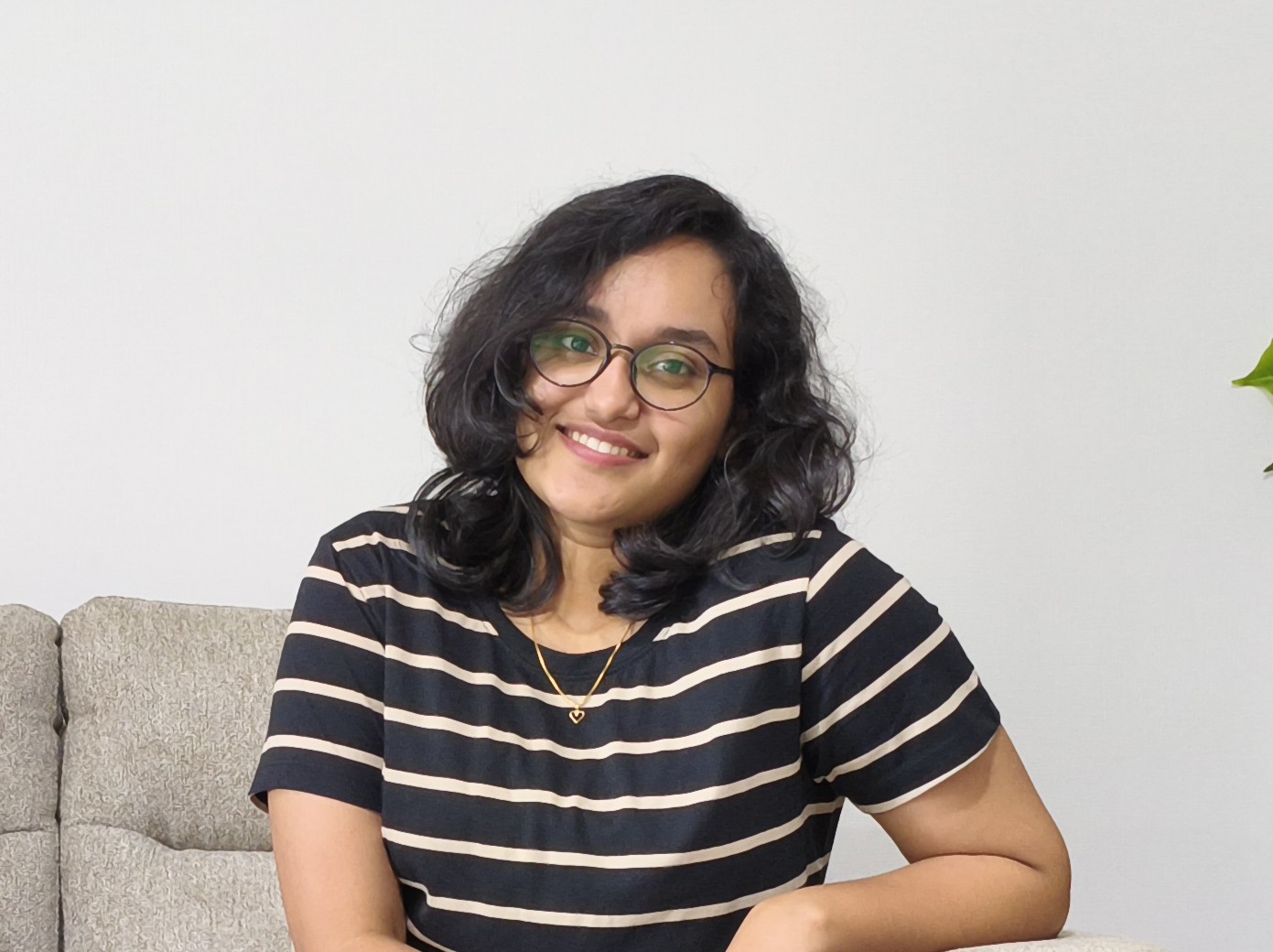





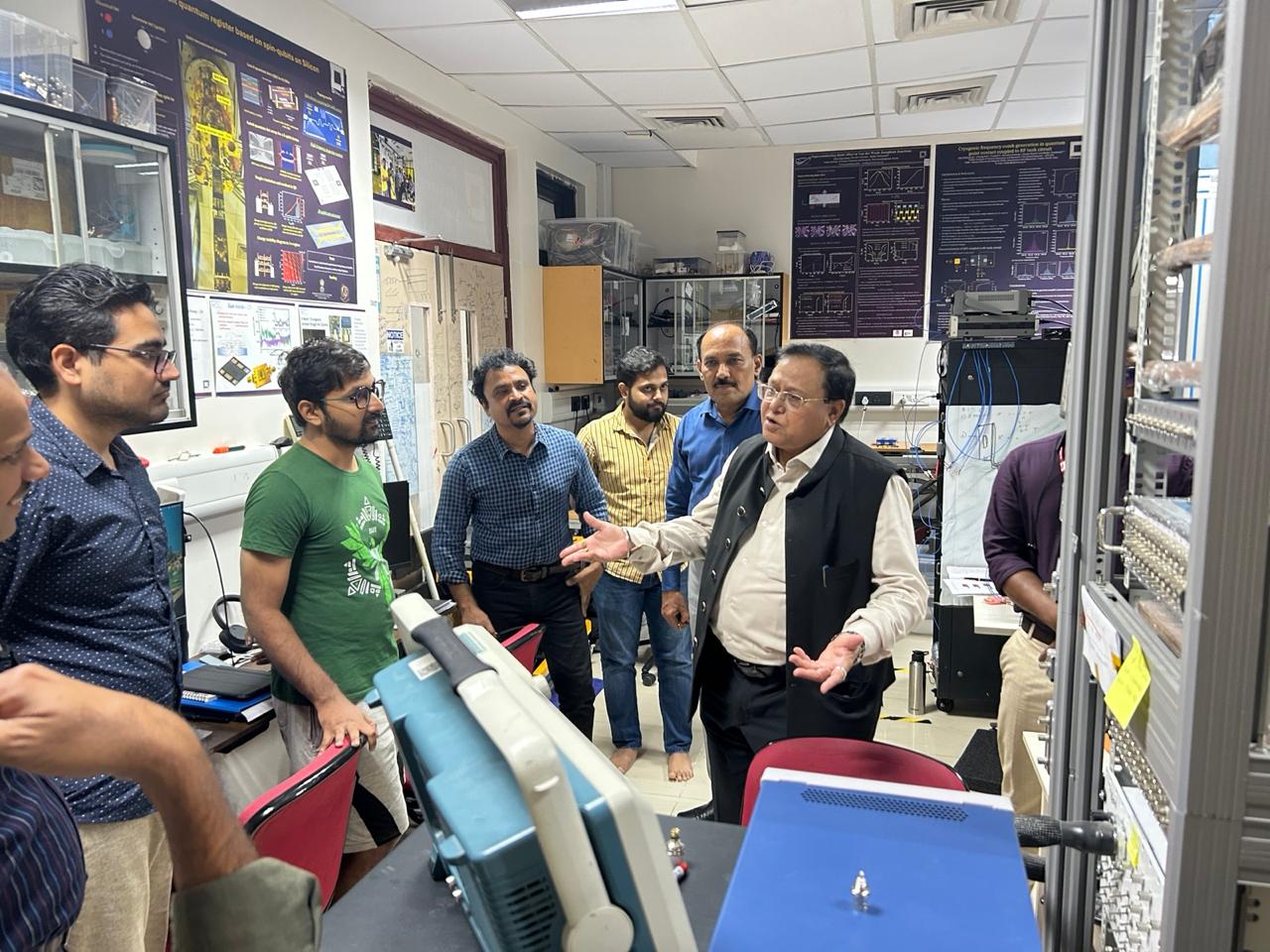


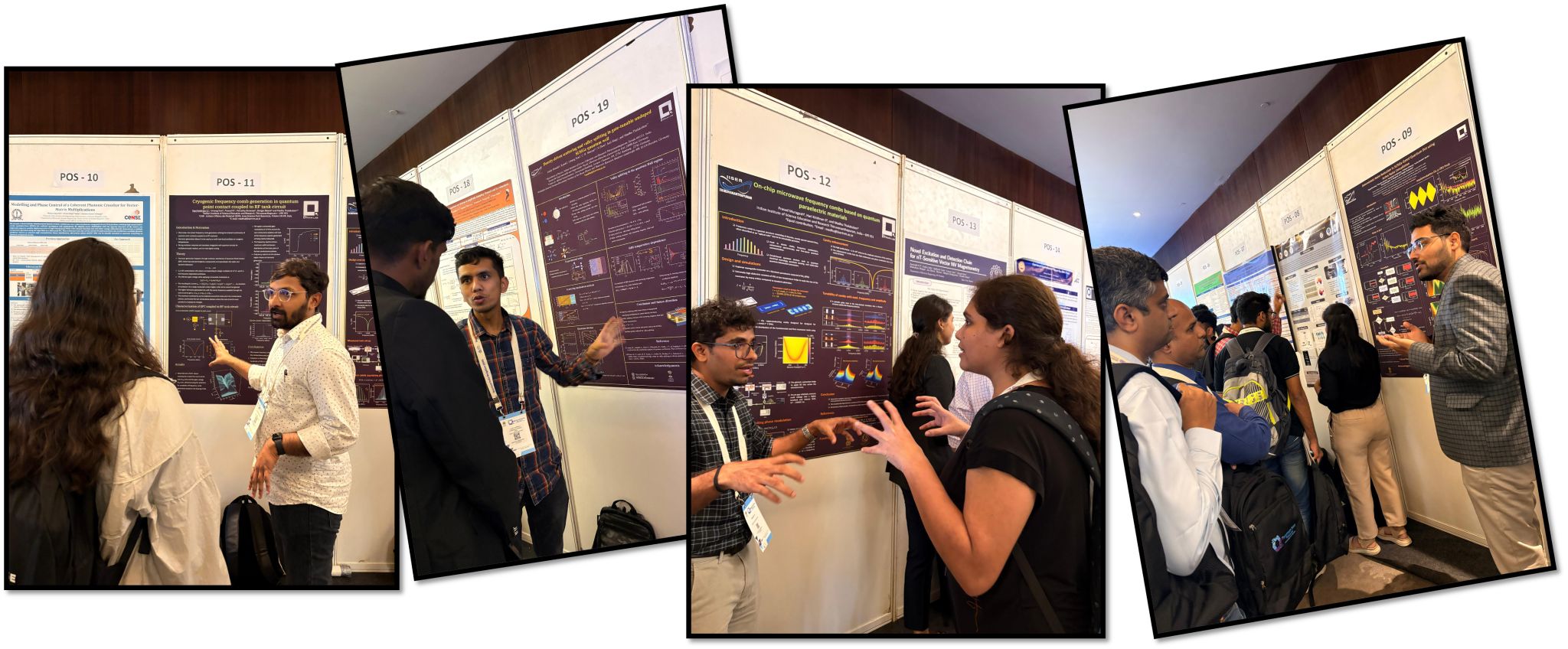

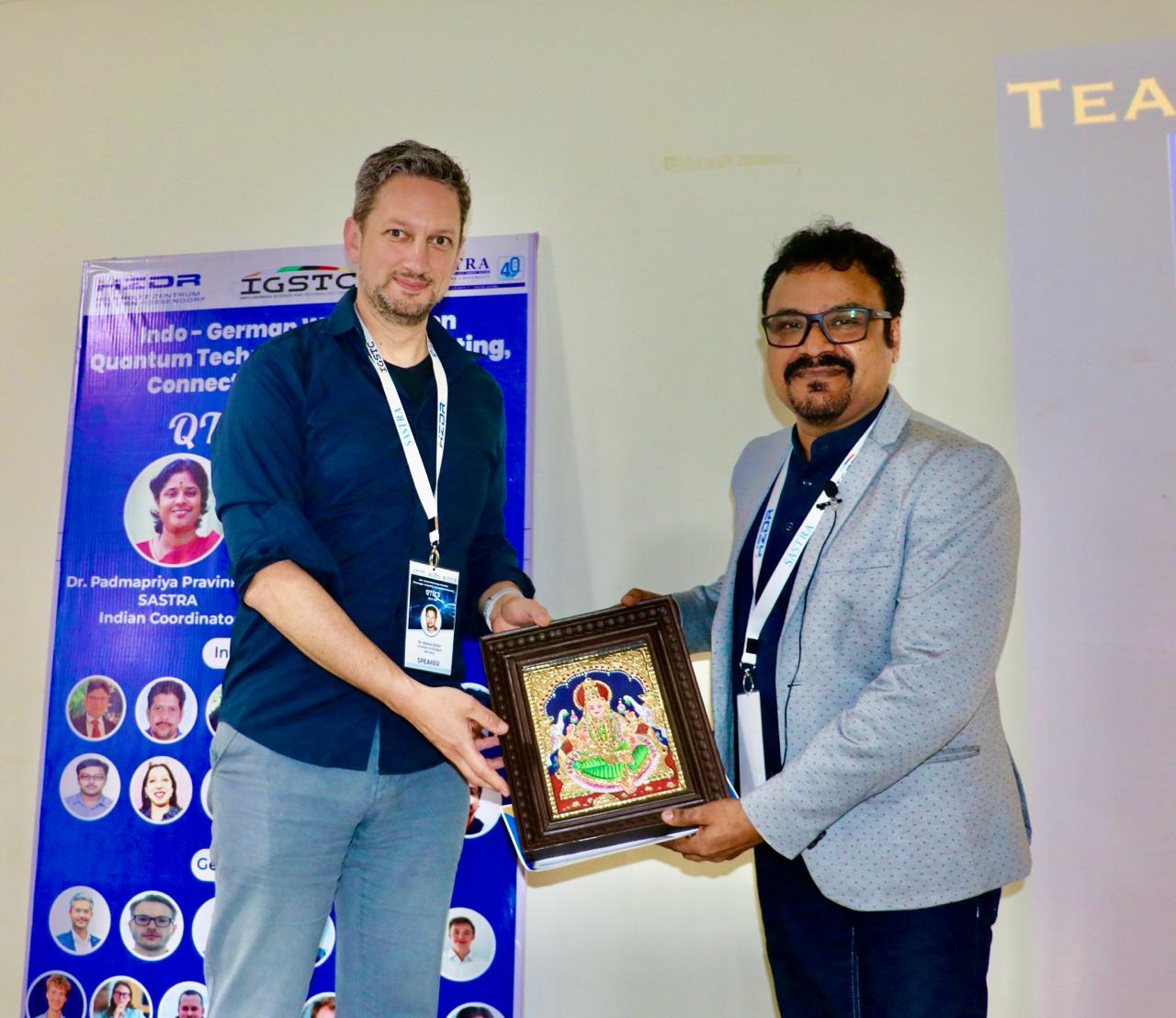






.jpeg)



.jpeg)
.jpeg)
.jpeg)
.jpeg)
















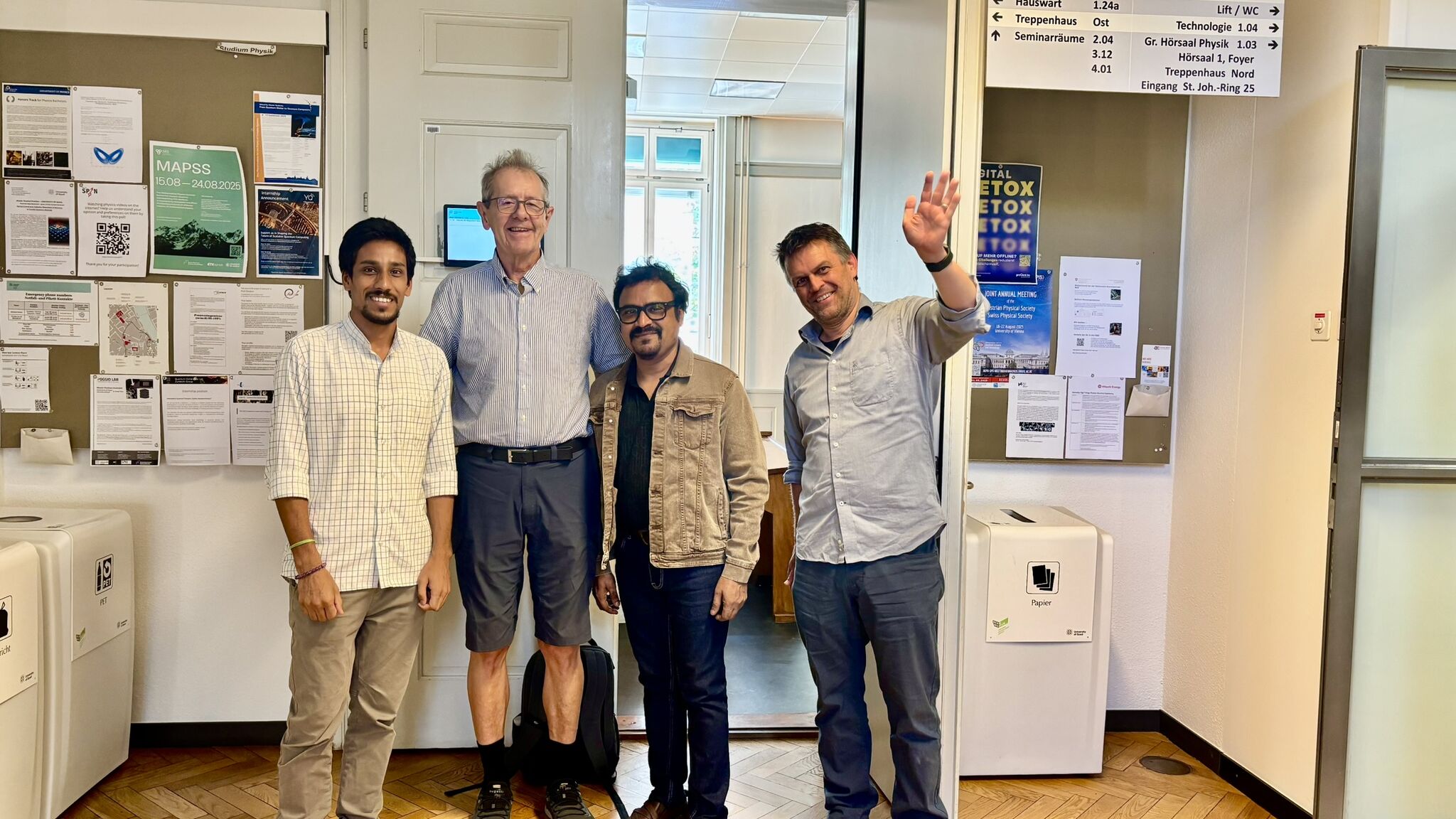




.jpeg)
.jpeg)
.jpeg)

.jpeg)
.jpeg)
.jpeg)
.jpeg)



.jpeg)












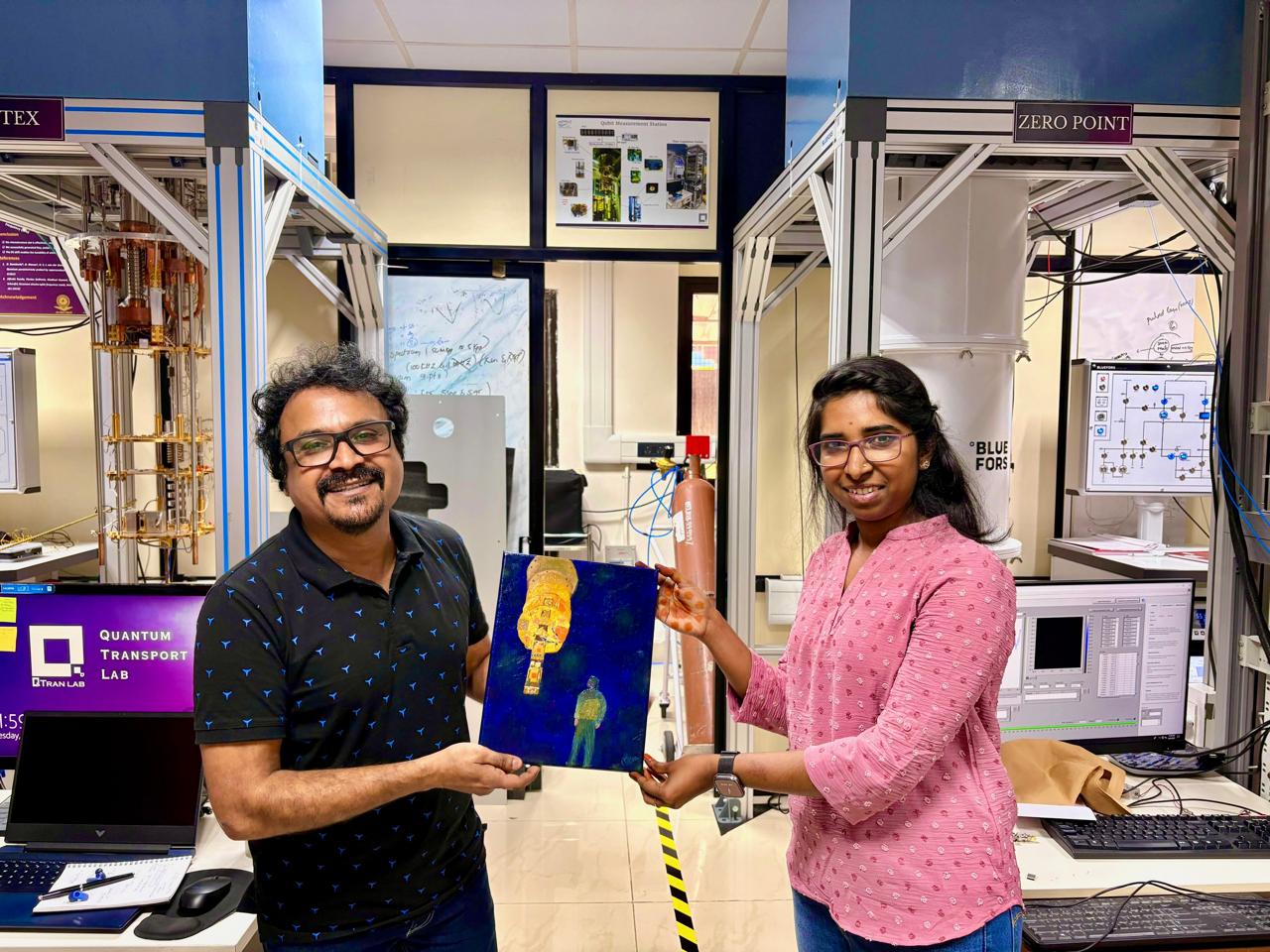

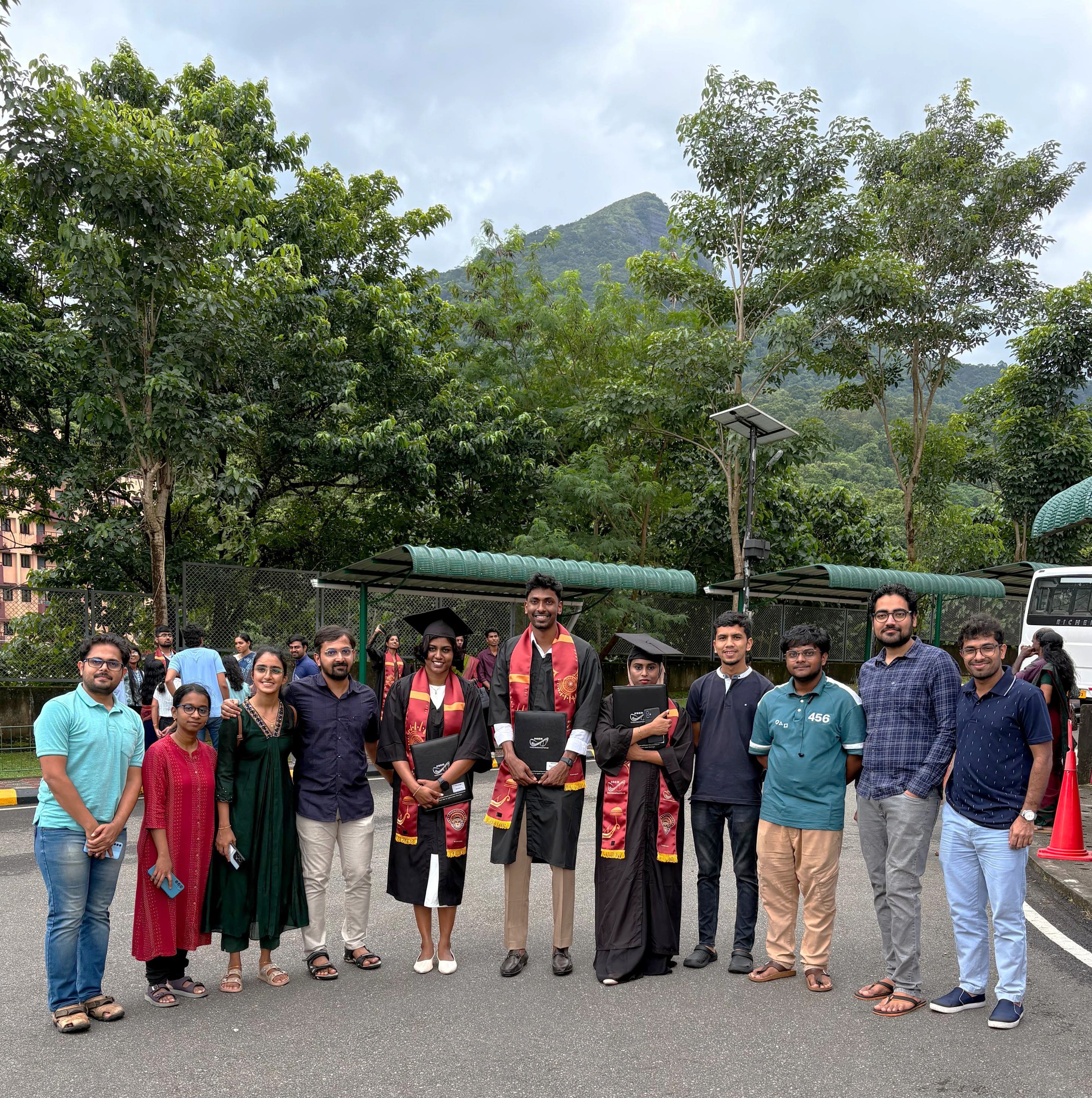






.jpeg)

.jpeg)


.jpeg)
.jpeg)
.jpeg)












